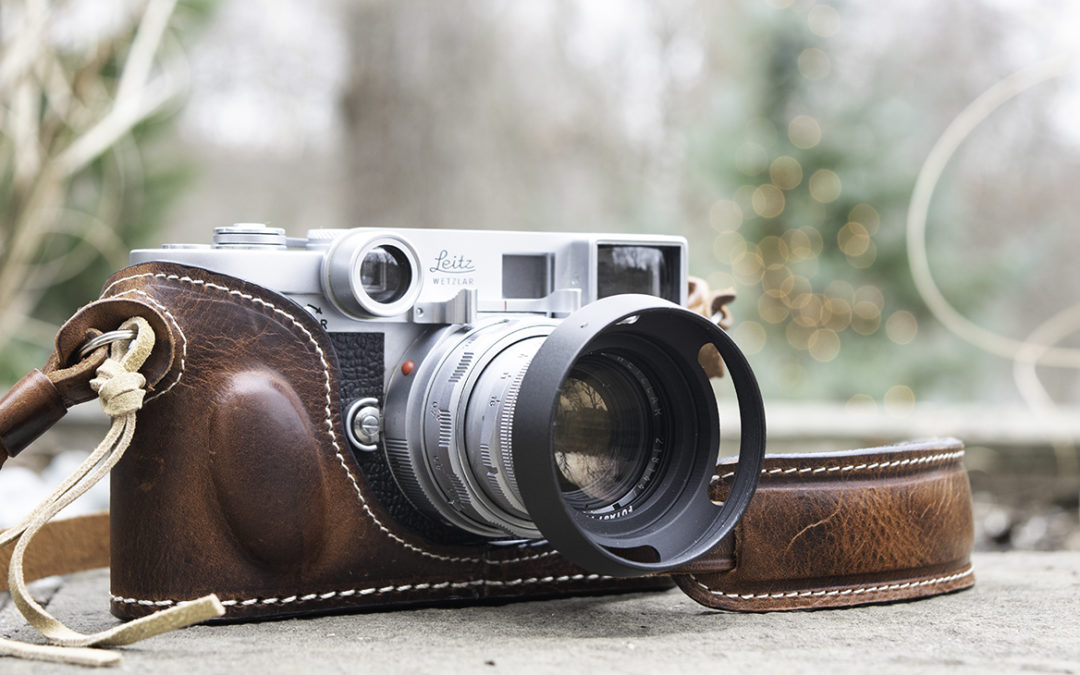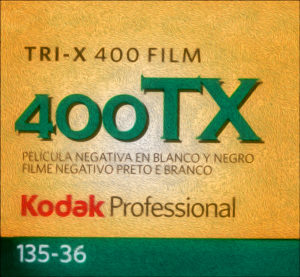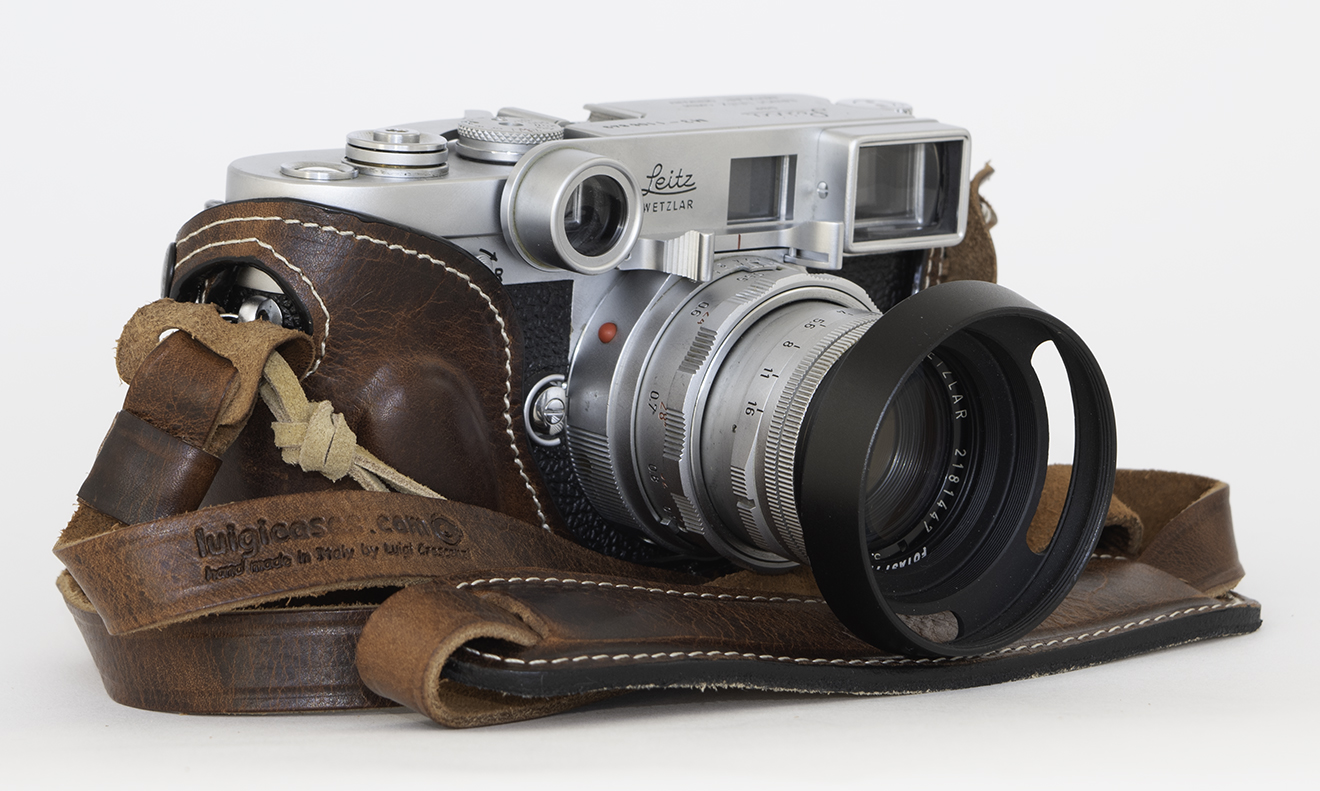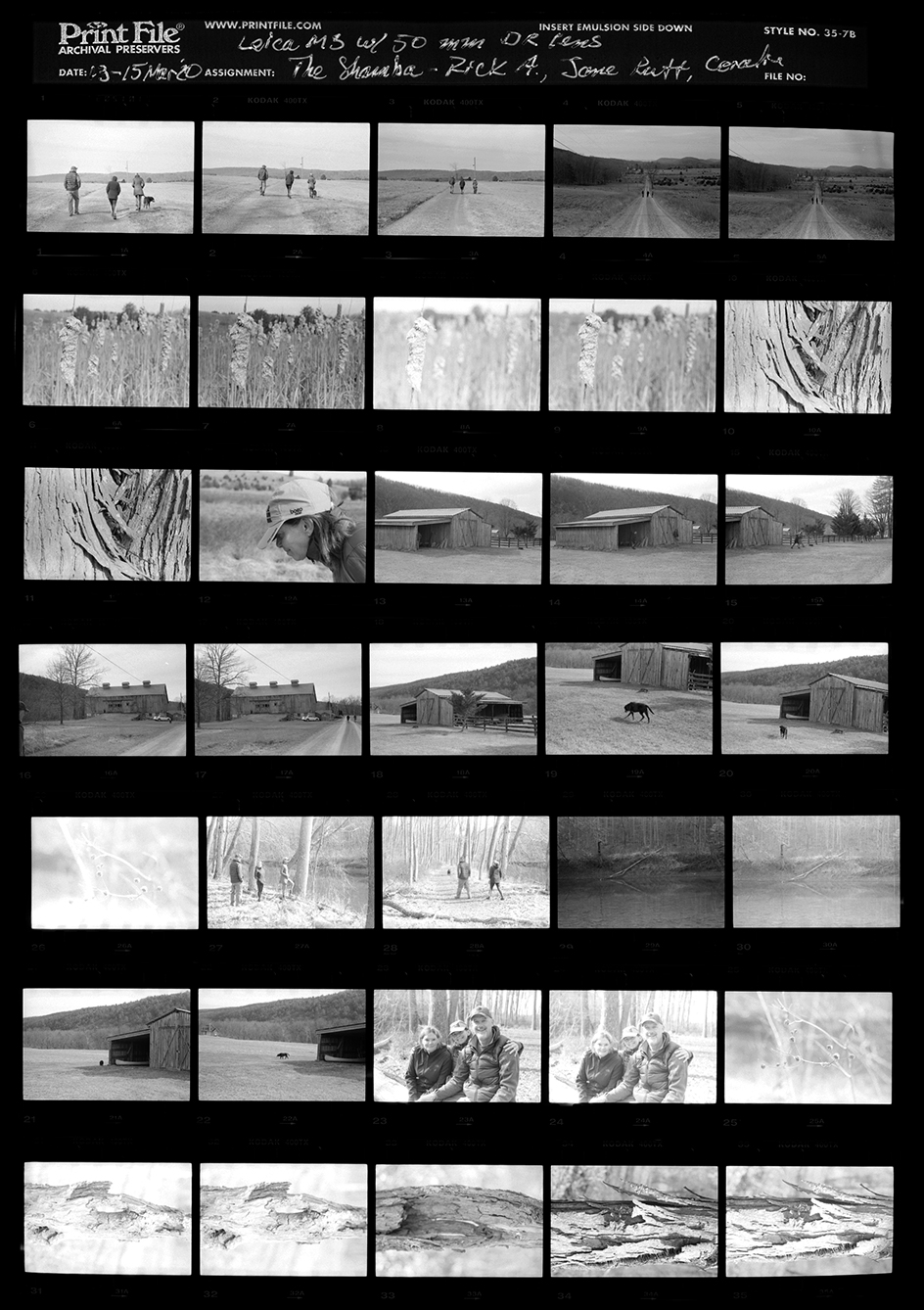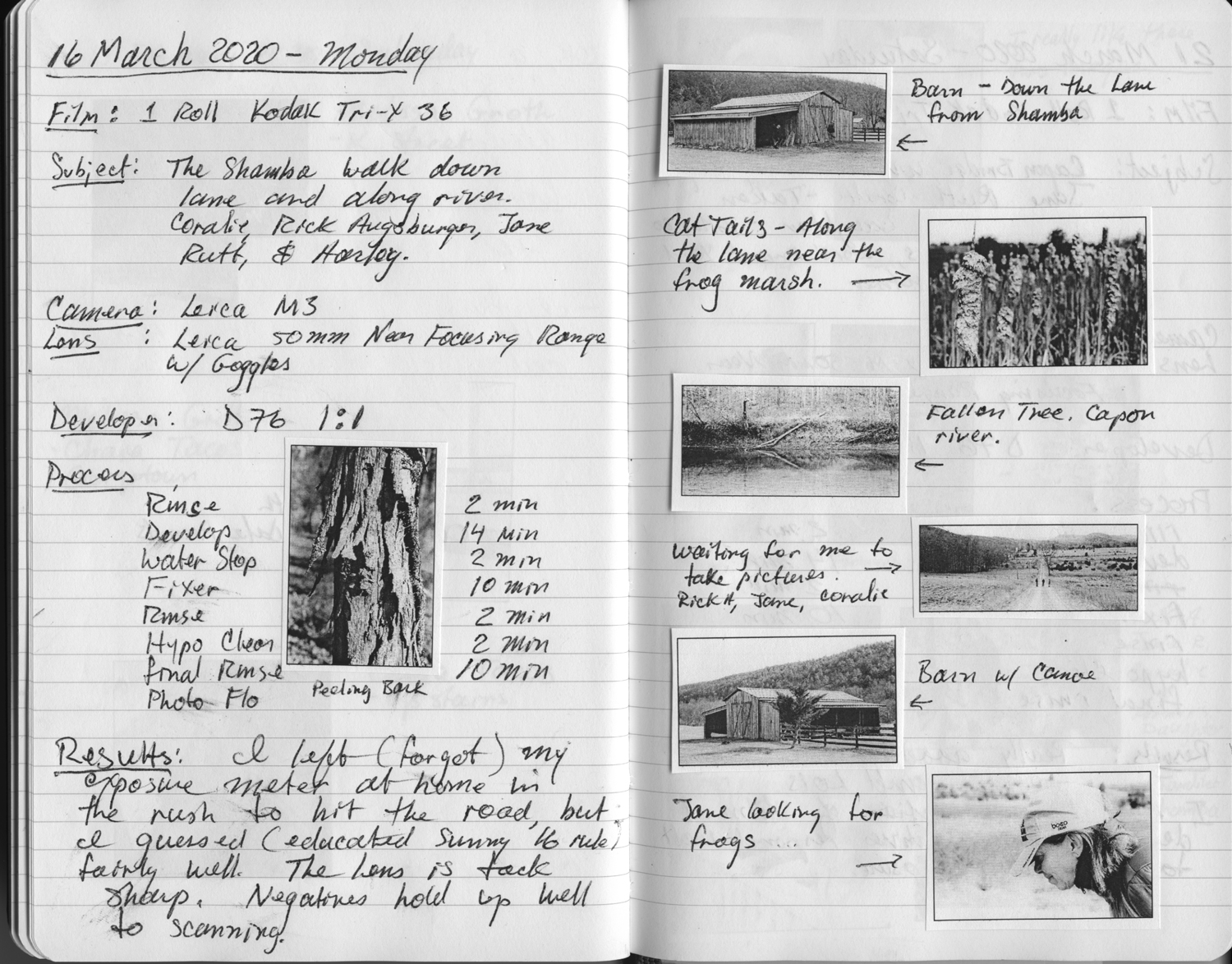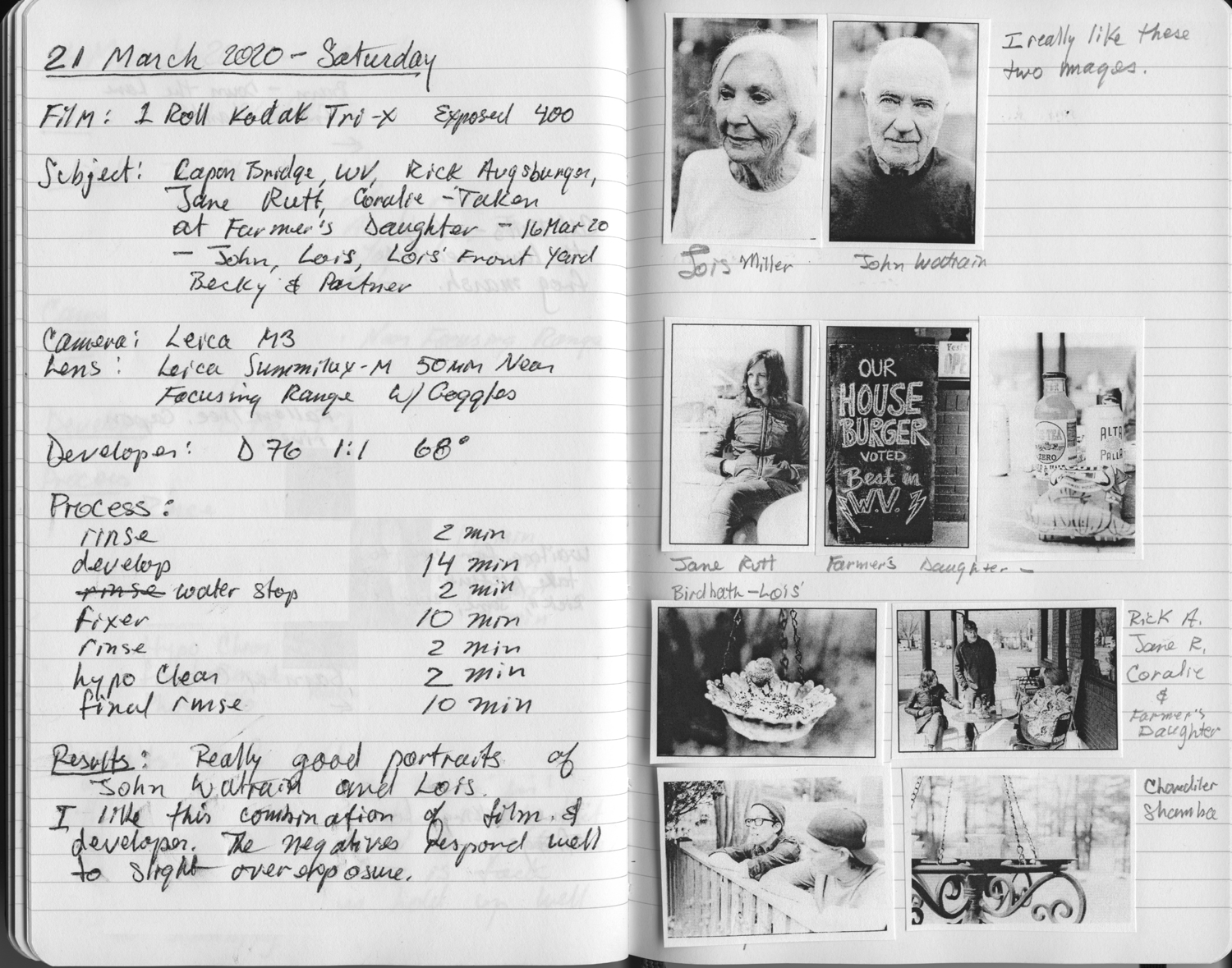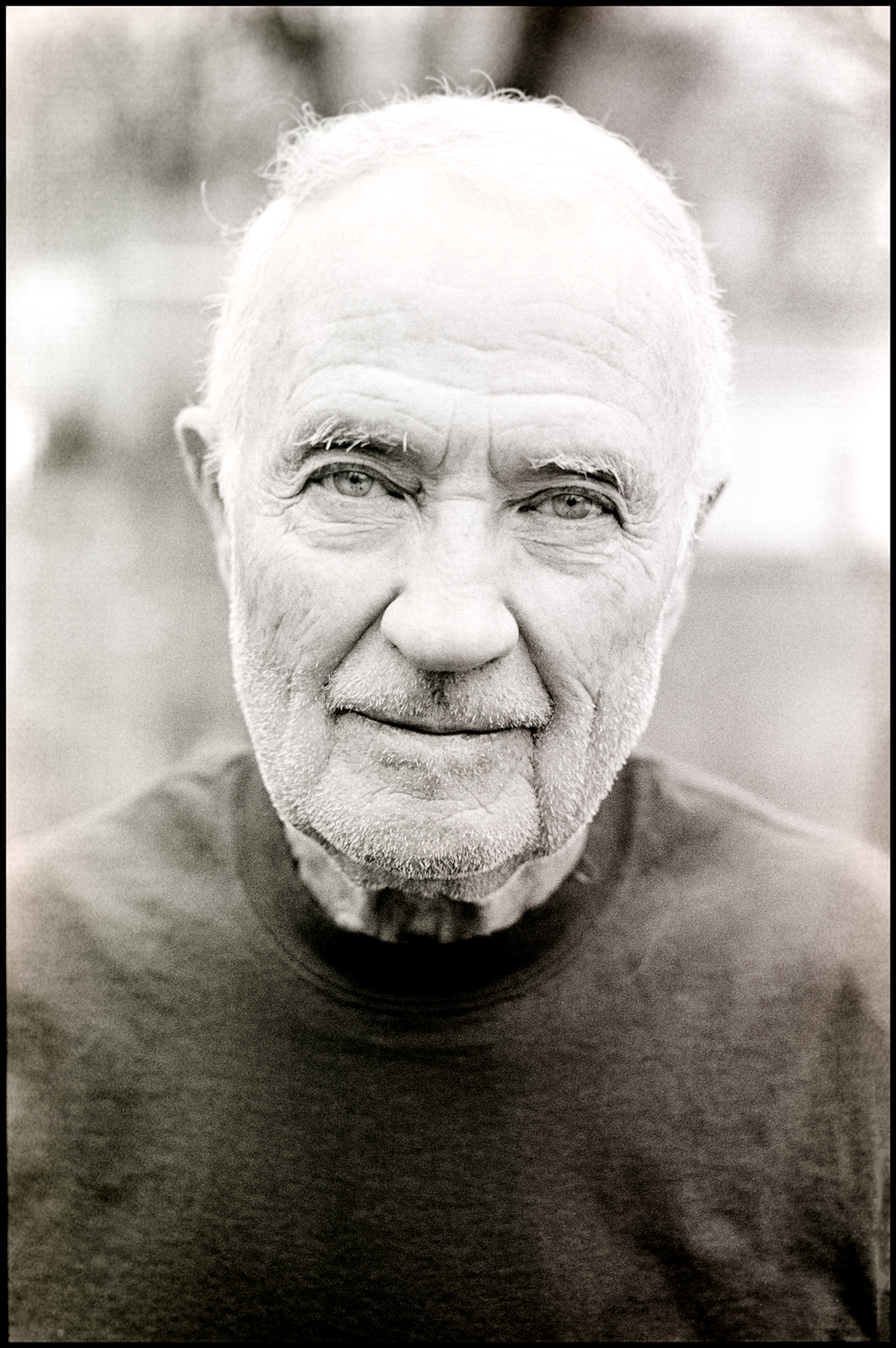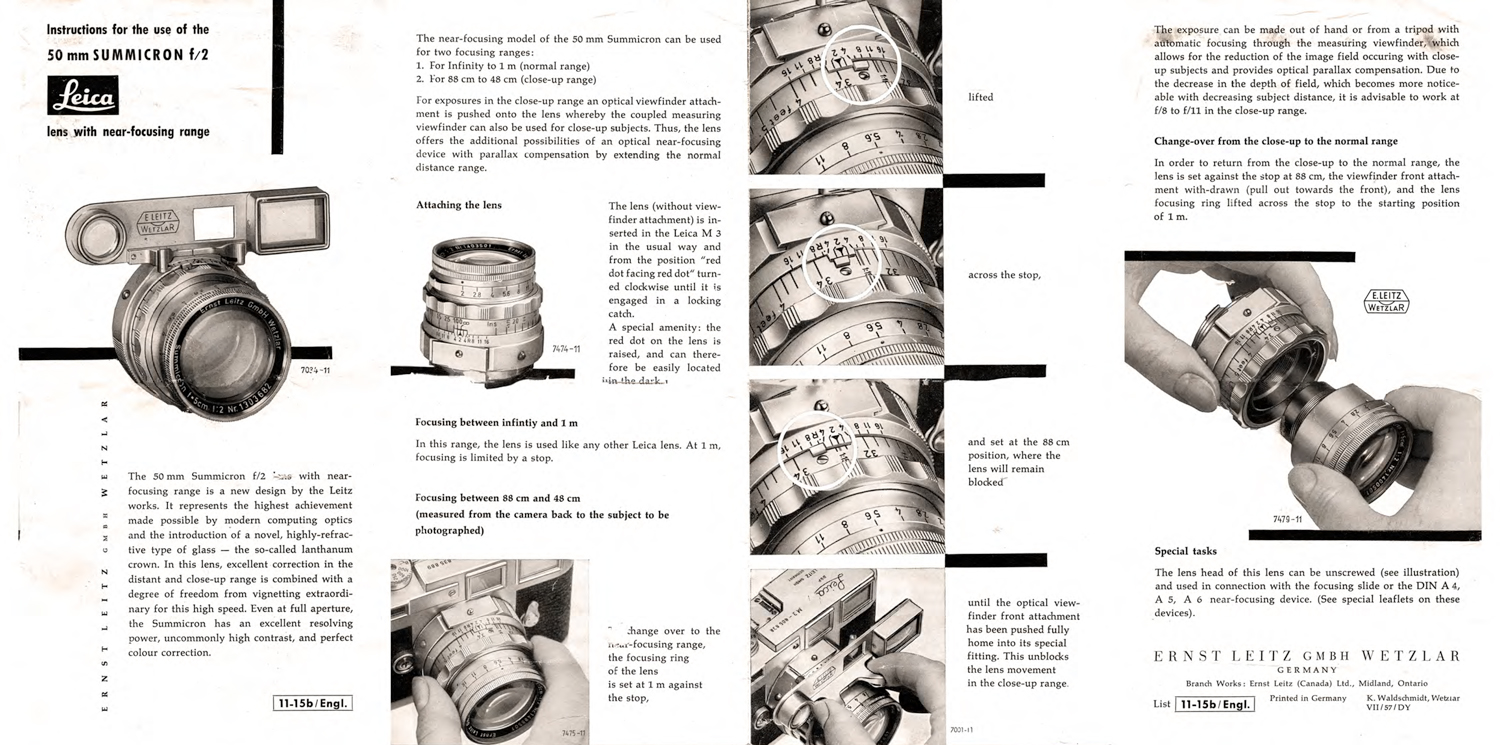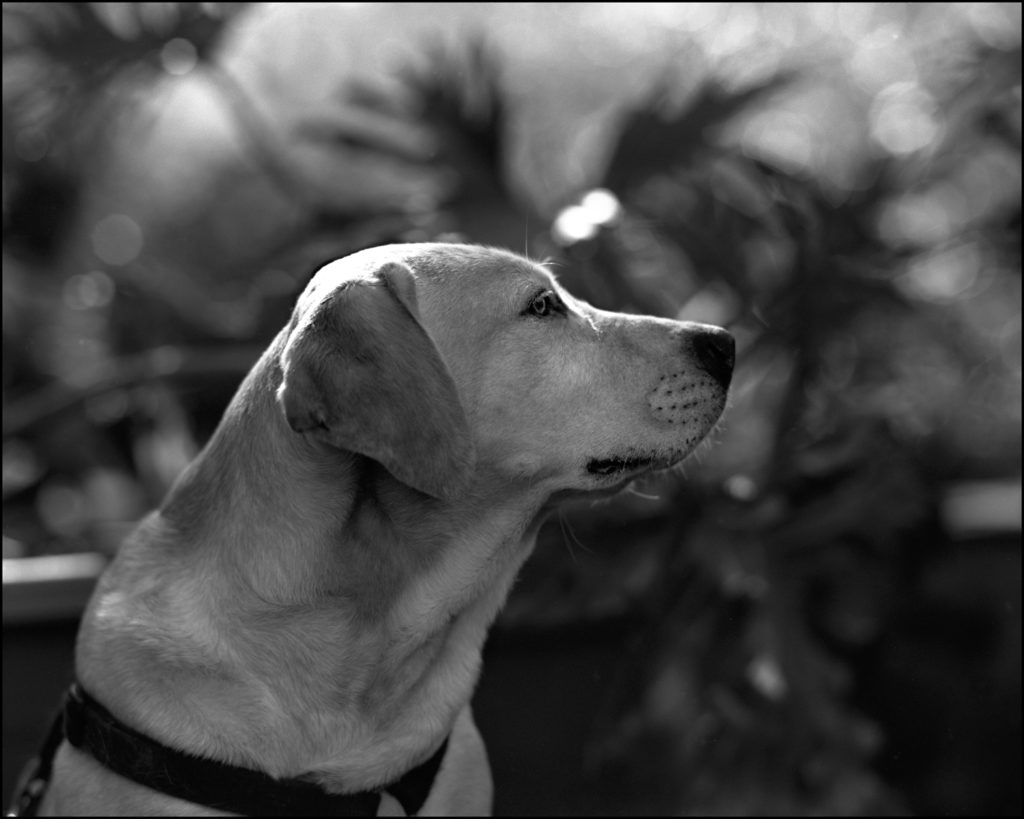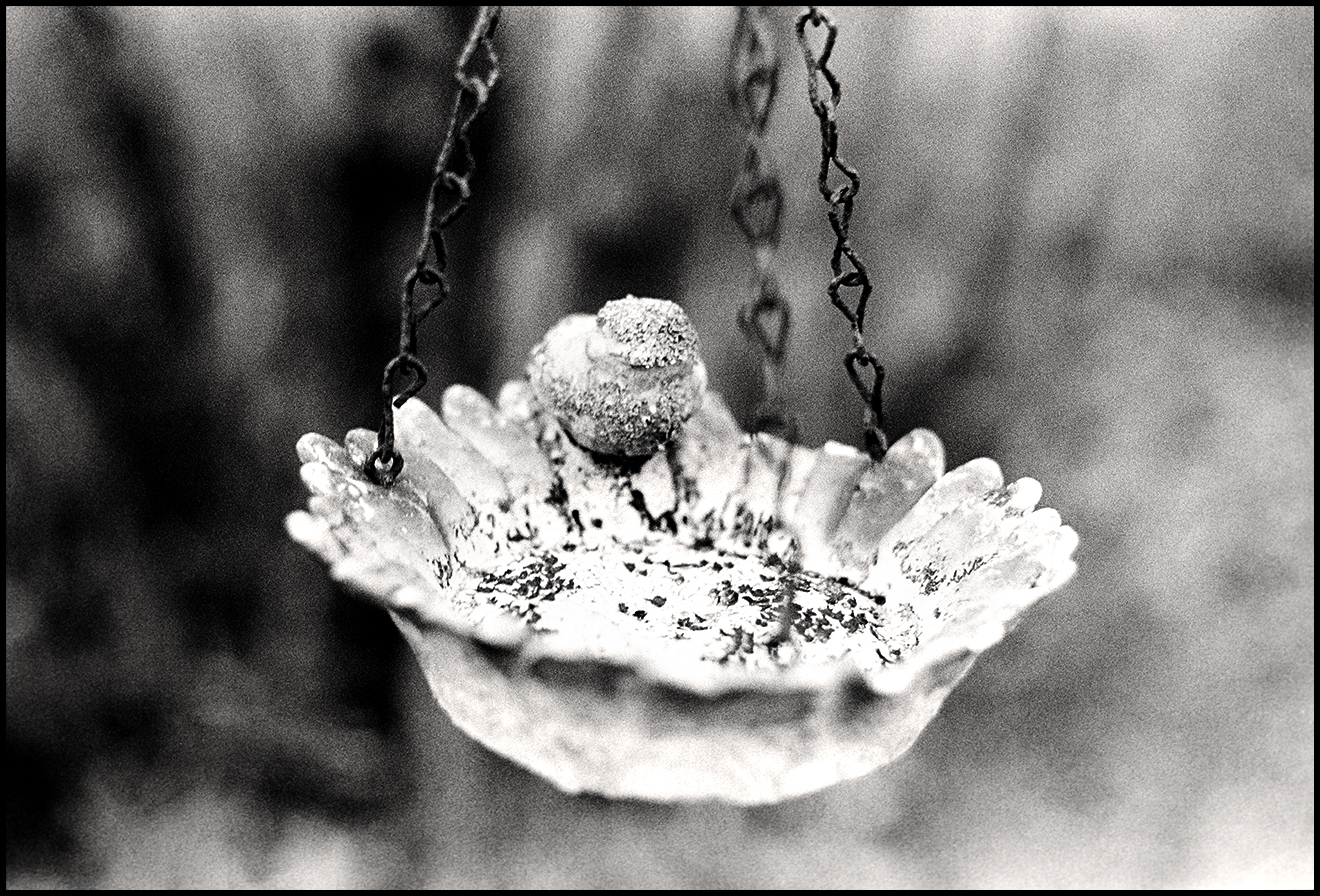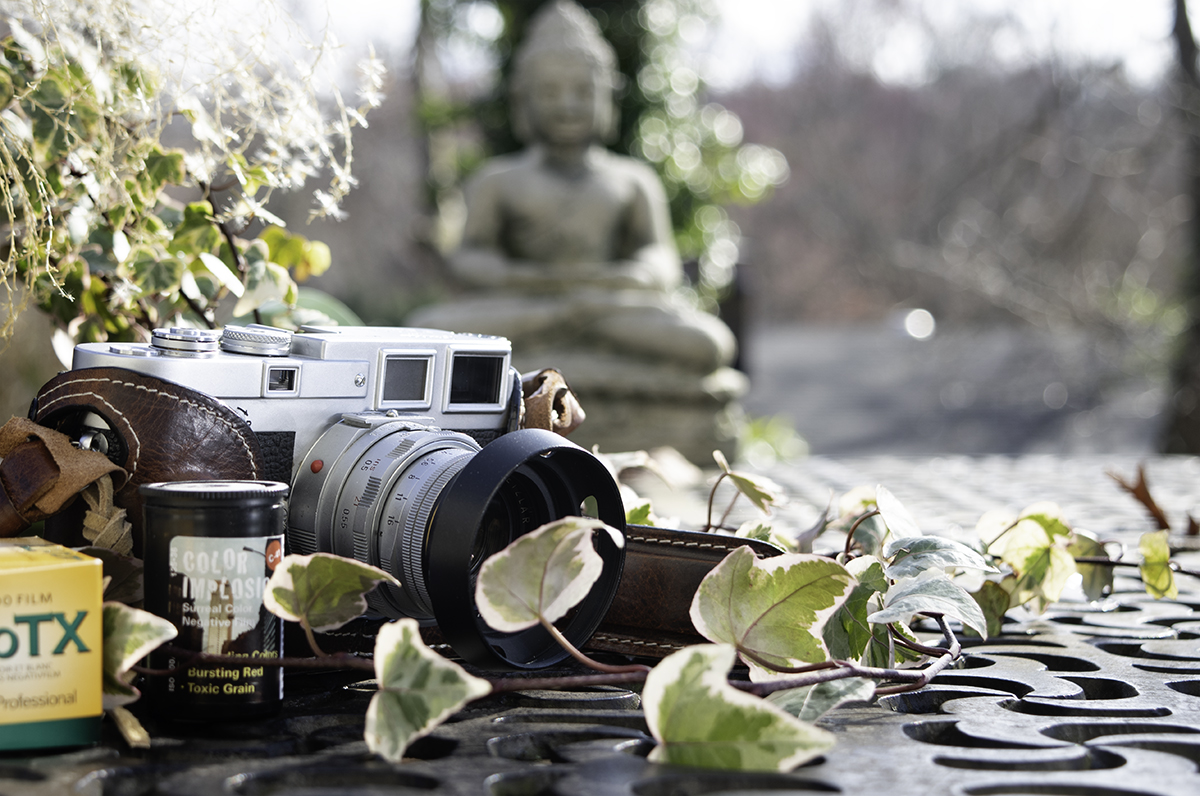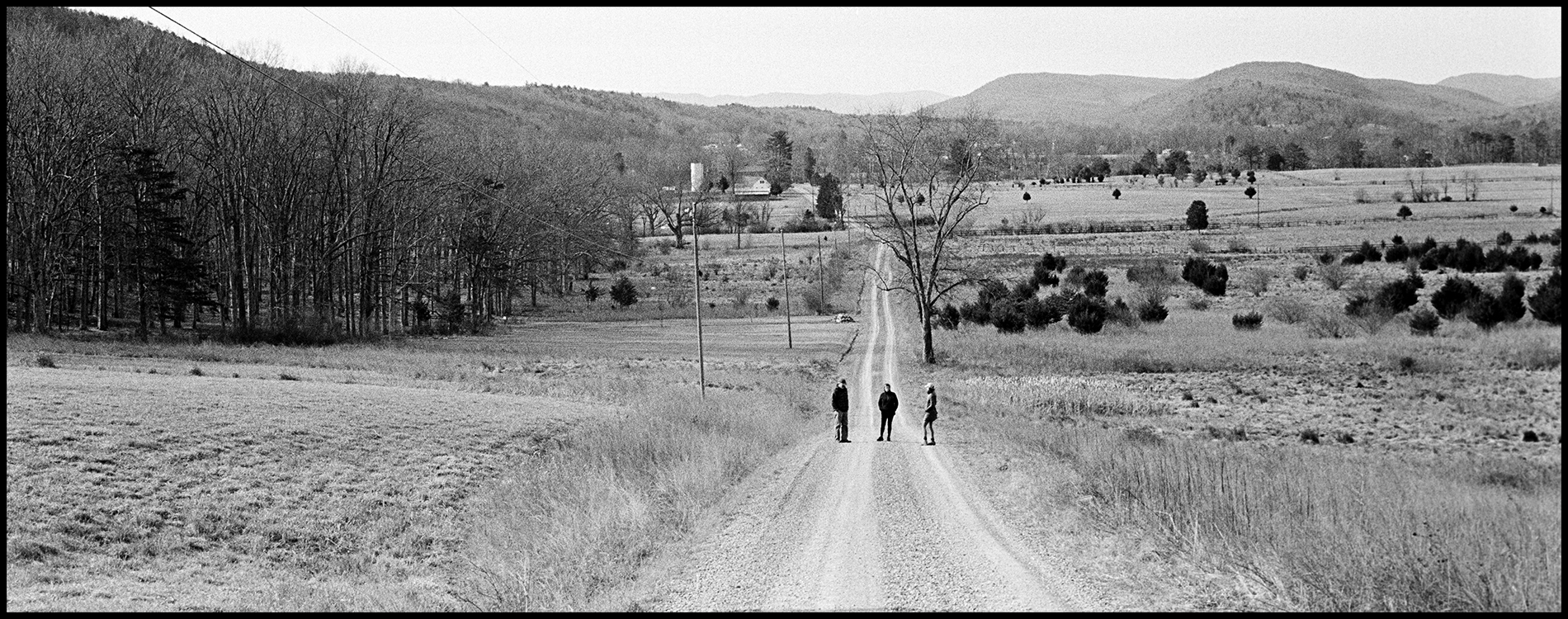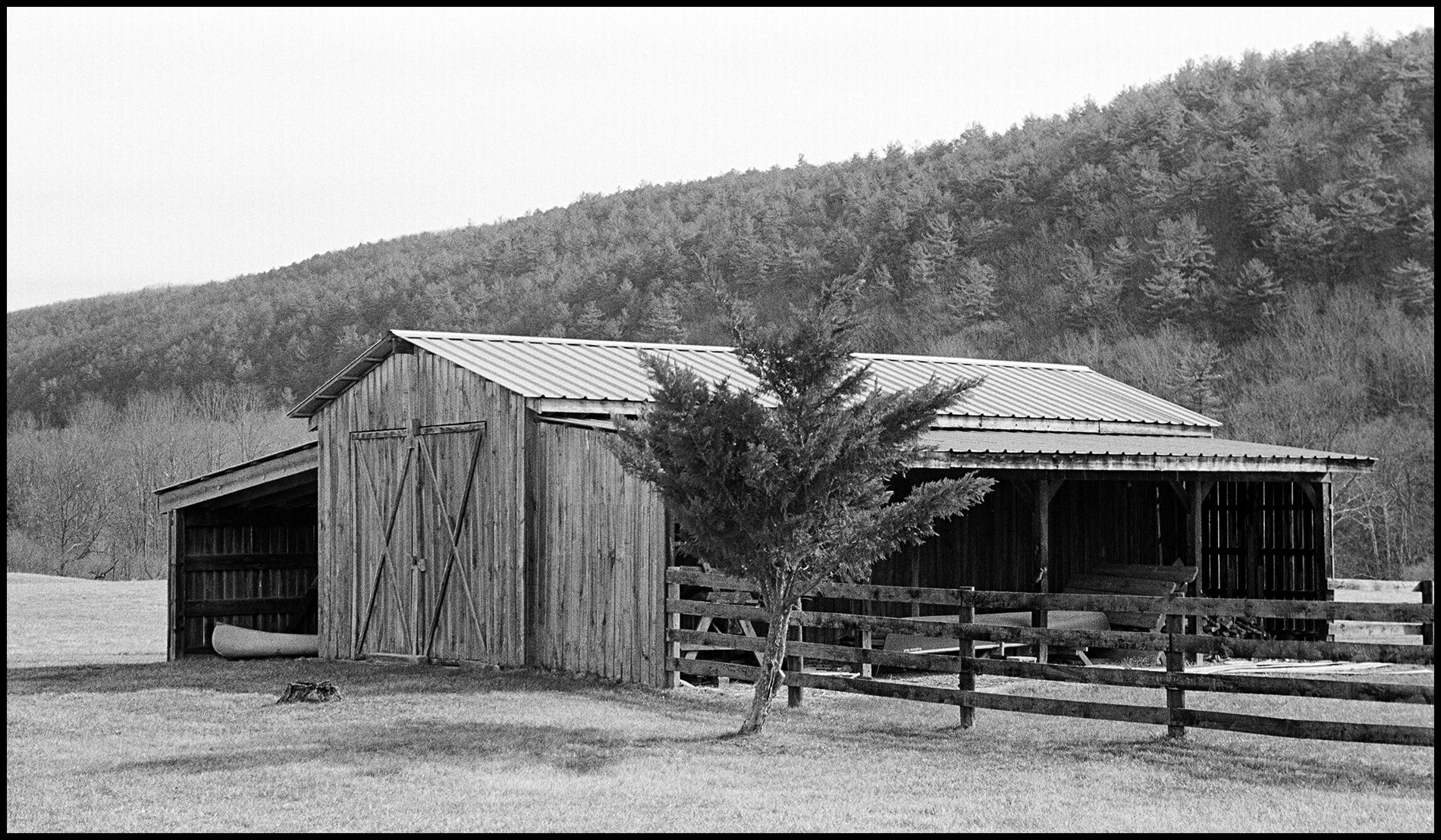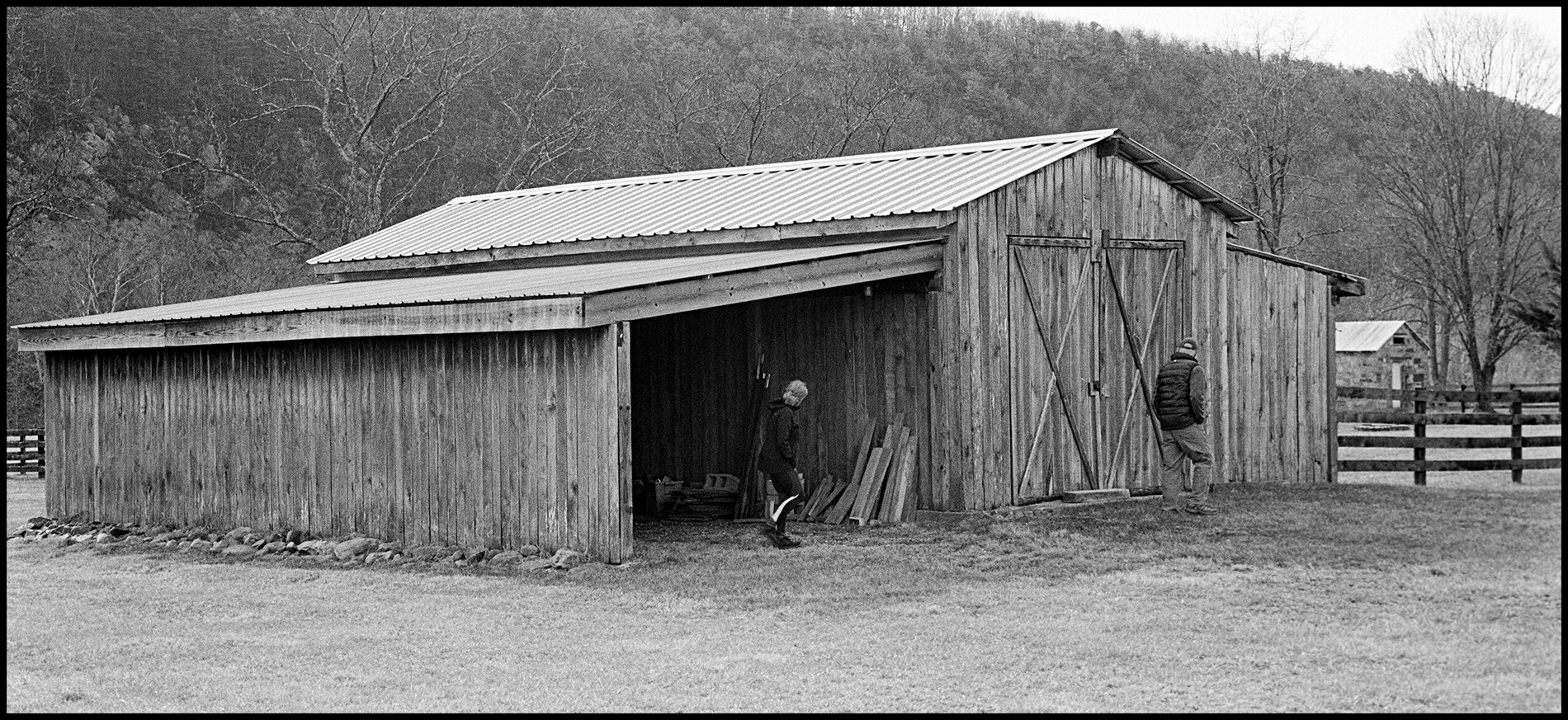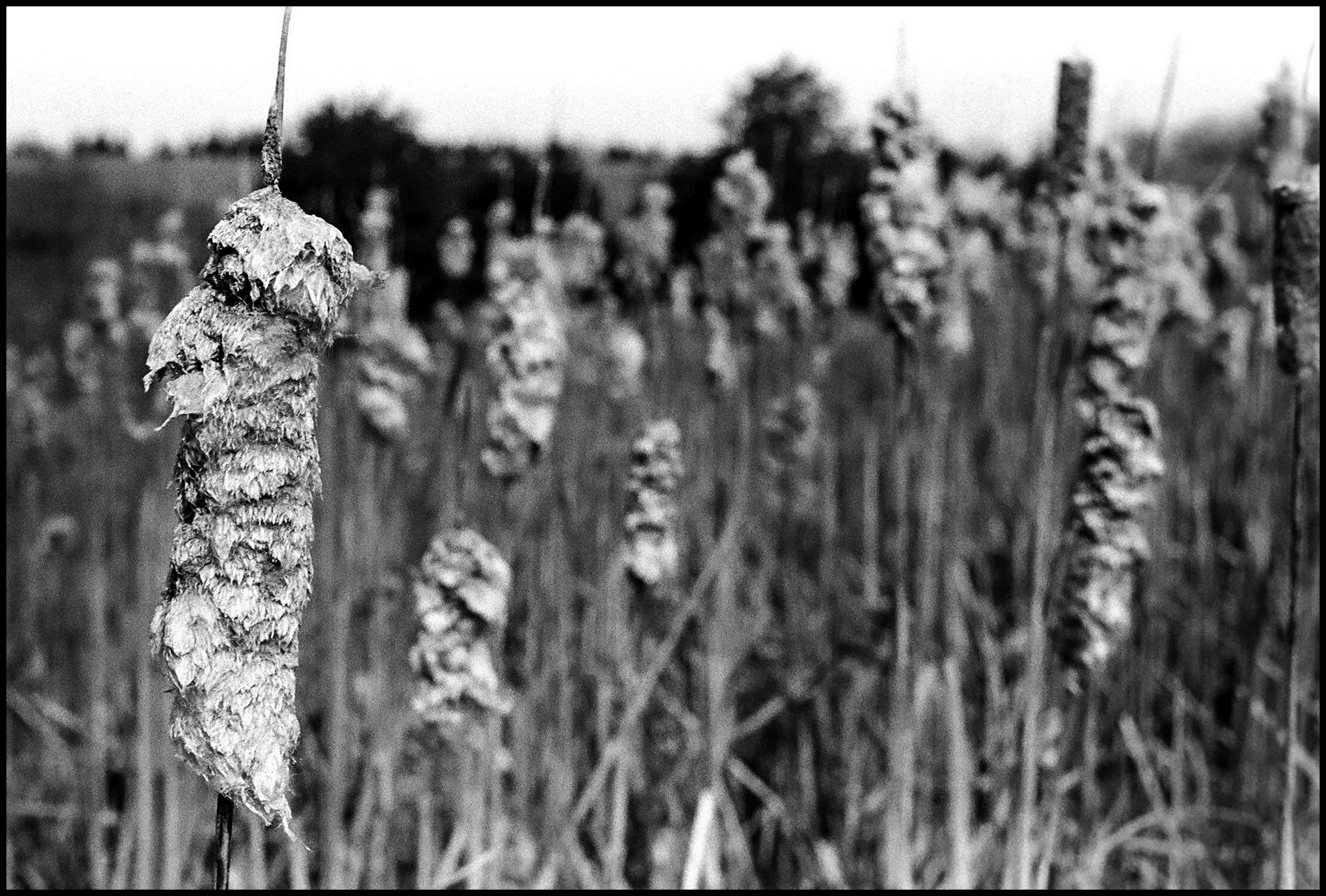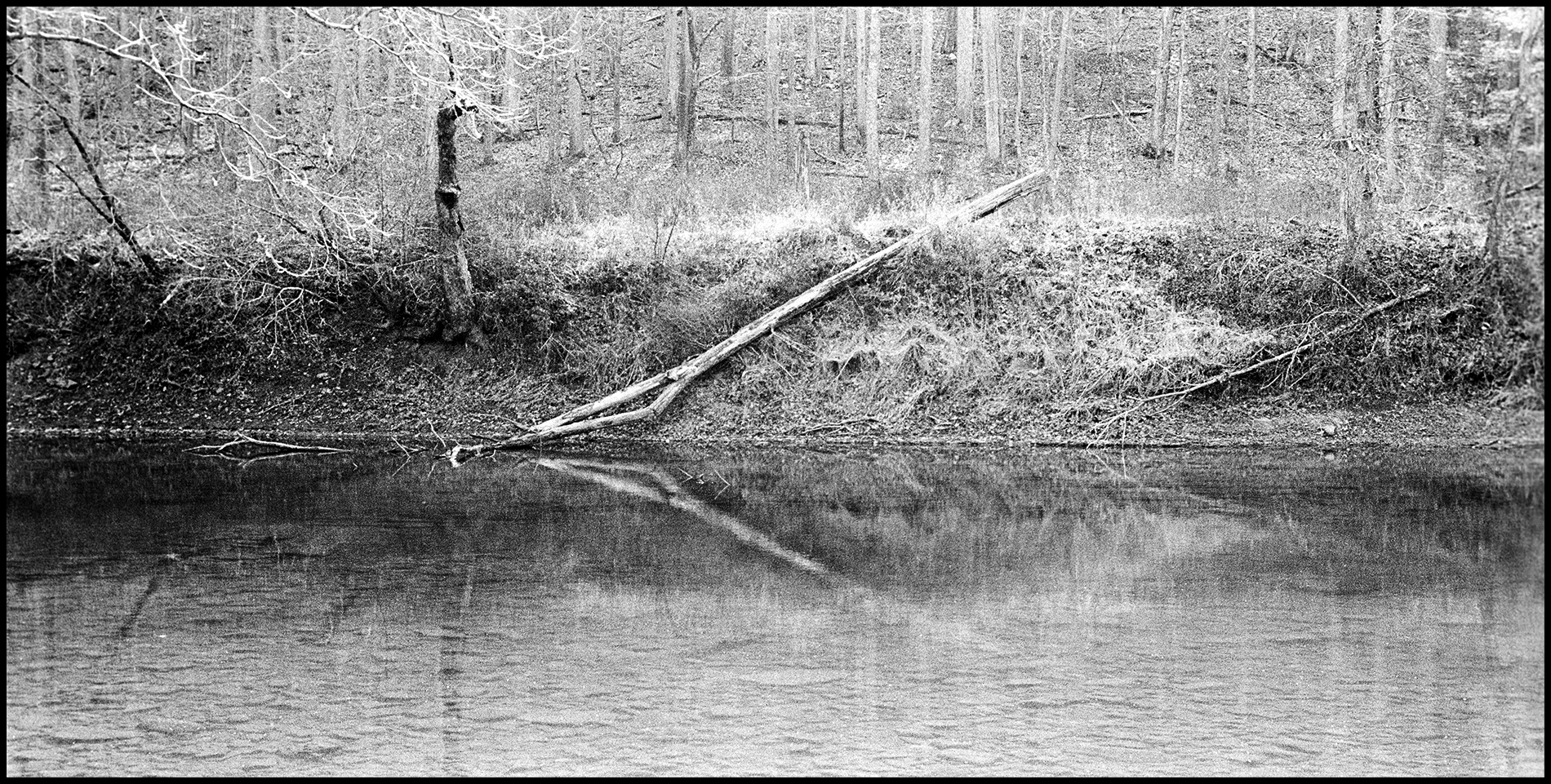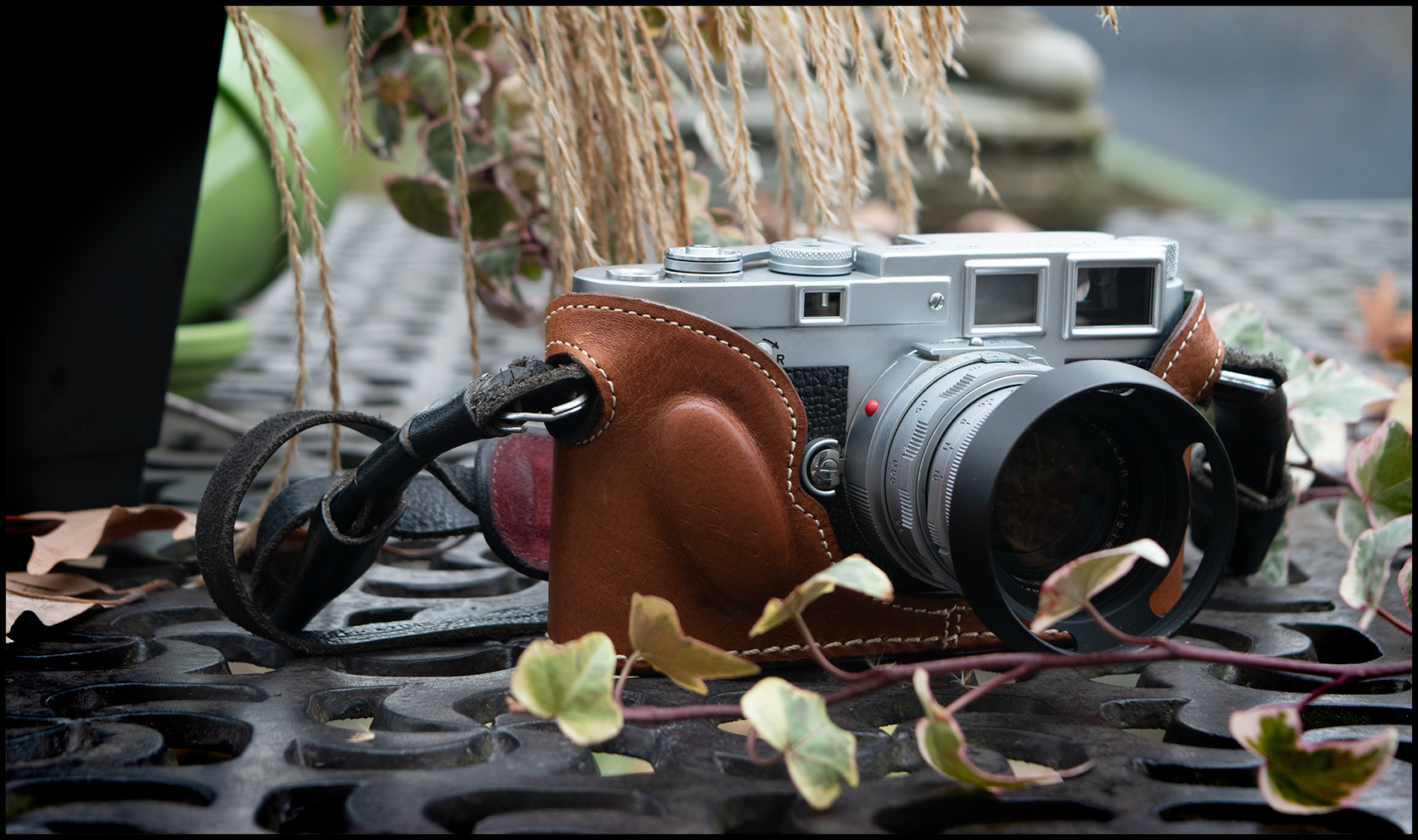How Time Flies
Finally, after over a year since having received a thorough Clean, Lubricate, and Adjust (CLA) service by Mr. Youxin Yeat YYeCamera [ http://www.yyecamera.com ] based in Canton, Massachusetts, I was able to take the mighty Leica M3 out for its post CLA shakedown.
Quite honestly, it is shameful to have waited so long to foray out on a long overdue picture hunt with this classic, historic camera, but other projects demanded my immediate attention.
A Coveted Invitation
Photography is a wonderful hobby. The problem with being an amateur is your day job conspires to keep you away from what you’d rather be doing…taking pictures. So, I was super excited when we received a coveted invitation to spend a weekend at The Shamba, the quiet retreat of our friends Rick and Jane, nestled in the hills of West Virginia overlooking the Capon River. This is, quite literally, God’s country, where dogs frolic off leash, cattle grazes in the pasture, roosters crow, cats prowl, deer linger in the surrounding forest, and a person can spend a leisurely afternoon reading, writing, or shooting targets along the riverbank, whatever strikes your fancy and ignites your passion. And Capon Bridge is no bumkin town. It is the honored home of the world-famous, award-winning Farmer’s Daughter [ https://www.farmersdaughterwv.com ].
Over the course of the weekend at The Shamba and the following week, I ran two rolls of Kodak Tri-X through this machine. The lens I used was the venerable 50mm SUMMICRON f2 with Near-Focusing Range. The leather case I use to protect this, and all my cameras, comes from Luigi Crescenzi [ https://luigicases.com ].
The Camera Works Flawlessly!
I normally take along an exposure meter when I shoot with a manual camera, the handy Gossen Digisix, but in my excitement to get to The Shamba, I left it at home and had to estimate the exposures. Using the Sunny 16 rule as a guide, I tended to overexpose the negatives, but for the most part, I was quite happy with the results, namely because, as you can see from the contact sheet, the camera is now firing on all cylinders. Mr. Ye – you did a great job! Thank you! Compare this contact sheet with the pre-CLA version: [ https://warrenworks.com/leica-m3-needs-cla/ ].
I developed each roll individually in Kodak D-76 1:1, which means 1 part stock solution mixed with 1 part water, for 14 minutes. Here are the two pages from my development journal which notes the process I followed and times for each stage for this batch of film. I developed one roll on 16 March having just returned from a fabulous weekend with Rick and Jane. I developed the second roll on 21 March after a wonderful family dinner with my aunt Lois.
If you’re not already doing so, I highly recommend keeping a Process Journal. In this case the process I’m interested in improving is film development, so I refer to my journal as a Development Journal, but any activity that involves a process or activity at which you want to improve can benefit from the act of keeping a process journal. You can read more about my development journal here: [ Improve Your Practice Through Journaling].
To take fullest advantage of the close focusing abilities of the Leica 50mm SUMMICRON f2 Near-Focusing Range lens you’ll need the appropriate optical viewfinder attachment, which Leica aficionados commonly refer to as “goggles”. Refer to the lens instructions below. These instructions are hard to find, so I’ve provided them here as a PDF file for easy download and printing.
The image of John, above left, was made in the near-focusing range mode with the goggles attached. I was about a 2 feet away, perhaps closer, and focused on his right eye. As I recall, it was overcast, early evening, approaching 7pm. I took an incident reading with the Gossen Digisix and set the aperture to f4 to ensure his nose would be in focus. If this image suggests character, it’s the same impression I received when I first scanned the negative. The subject, John, certainly contributes to this impression, but the lens reveals his character in ways other lenses simply can’t. Perhaps, too, it is the combination of lens and camera.
You only need the goggles for near-focusing operation to correct the parallax between the range finder and the lens at distances between 48 cm (~19 inches) to 88 cm (~35 inches). You don’t need the goggles for subjects from 1 meter to infinity, considered the normal range for this lens.
Perhaps the secret to this notion of character created by the lens is technically described in the instructions:
“[The 50 mm Summicron f2 with near-focusing range] represents the highest achievement made possible by modern computing optics and the introduction of a novel, highly-refractive type of glass – the so-called lanthanum crown. In this lens, excellent correction in the distant and close-up range is combined with a degree of freedom from vignetting extraordinary for this high speed. Even at full aperture, the Summicron has an excellent resolving power, uncommonly high contrast, and perfect colour correction.”
I’ll just refer to the ability of a lens to render character as Natural Character. The only other lens with as much natural character is the Pentax SMC 67 165mm f2.8. Here’s an image of my late Labrador Retriever, Schmoogle made with this lens:
When employed in the normal range this lens is just incredible. Again, the normal range is anything between 1 meter to infinity. The pictures of the barn, the dirt lane, and fallen tree were all made with the lens focused to infinity. The acutance of this lens is easily perceived. It renders tack sharp images with firm contrast.
Taking a Walk
We explored the lane flanked by rolling fields and undulating foothills of bigger mountains rising in the distance. I stop to photograph a grove of dead cattails rising from the frog marsh. I attach the goggles and put the lens in near-focusing range mode and try my best to make dead cattails look interesting. I tend to descend into deep, metaphysical states when I’m absorbed and immersed in an activity, and when I look up, the gang has stopped some ways down the lane to wait for me.
Onward we push to a working barn that houses a rusting pick-up and a fiberglass canoe, on past another barn with chickens, goats, and a cat, a real mouser. We linger for some time talking baby goat talk to the baby goats, who seem as intrigued by us as we are by them. We turn around and head back to Shamba, stopping along the way to inspect a home under construction.
The following morning it began to snow, turning to sleet, then to rain. There’s something especially magical about Shamba when the weather turns cold, a fire crackles inside and casts its warming heat and golden glow throughout the house, and the deep sound of the wind chimes accompany the dance of ice crystals landing on dried leaves upon the ground. In these special moments I am completely content, thankful for good friends, and pleased the camera is again able to capture the special moments in life.
Parting Thoughts
The serial number on this camera indicates it was manufactured in 1965. I was four years old; it has weathered time better than I have. The lens was manufactured sometime between 1956 – 1968. It still works flawlessly, something I can’t even claim myself. The previous owners have obviously taken exceptional care of this camera, and for this I am eternally grateful. It’s an incredibly humbling feeling being able to capture images on a camera that’s well over 50 years old and still going strong. I don’t consider myself so much an owner of a Leica, rather, I am merely a steward, caring for this wonderful instrument until I pass the torch to another.

